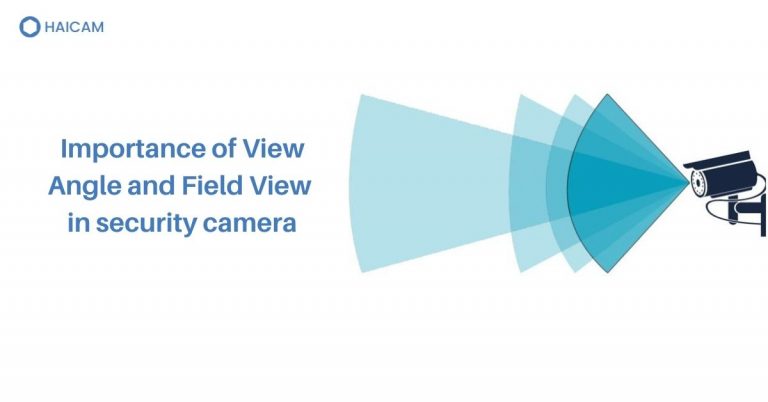How do we see things around us?
It is the light from the object that reaches our eyes. The eyes send signals to our brain. The brain receives signals.
The brain tries to understand the information received identifies how the object we are looking at appears, how far the target is from us, and the object’s movement.
Now let’s understand how our security cameras work. We need light from objects to reach the lens of a digital camera. There are image sensors made up of red, green, and blue pixels. These sensors convert the intensity of light into energy. Based on the intensity sensors, determine which object area is lighter and brighter, shape and colour an object has.
Finally the Image processor converts and stores the information as an image. A higher megapixel camera gives clearer image quality.
Lenses in the human eye quickly adjust focus for an object at different distances to capture its sharp image. A camera lens has a fixed focal length. The image distance can change by moving the lens to capture images of objects at different distances.
Lenses in the human eye quickly adjust focus for an object at different distances to capture its sharp image. A camera lens has a fixed focal length. The image distance can change by moving the lens to capture images of objects at different distances.
Field of View (FOV) or Viewing angle of the camera is seen or captured from a camera in live or recorded view. AOV is a constant for a lens, whereas FOV changes based on the size of the sensor.
A field of View is essential in selecting the camera lens you should choose for your surveillance system.
Following are various viewing areas based on which camera lens for the surveillance system is selected.
- The super-wide-angle lens creates a fisheye view that covers a viewing angle of 180 degrees or more.
- Wide Angle lenses have an effective focal length of 10 mm to 25 mm and a viewing angle between 110 and 60 degrees.
- Standard/Medium lens with focal length from 25 mm to 65 mm and viewing angle between 60 to 25 degrees.
- A telephoto lens is one with a focal length of 65 mm to 160 mm and a viewing angle between 25 to 10 degrees.
- Super telephoto lens has a focal length from 160 mm to 600 mm and viewing angle from 10 to 1 degree.
Cameras with wide-angle or Super-wide-angle lenses are suitable for larger spaces to capture movement or any suspicious activity.
To capture highly detailed information about fewer objects, narrow-angle camera lenses i.e. Standard/Medium lens cameras, should be selected.
For surveillance of personal property such as home, where objects at a distance appear closer for chosen focal length, installing cameras with telephoto lenses is recommended.
You always see Field of View specifications while selecting lenses for surveillance cameras from their manufacturers.
Conclusion
In the article, we compared how we see things and how the digital camera takes images and how sensors work in a camera. In this article, the importance of angle of view and field of view for a security camera is explained with lens types and focal length for a range of view of angle and field of view.
